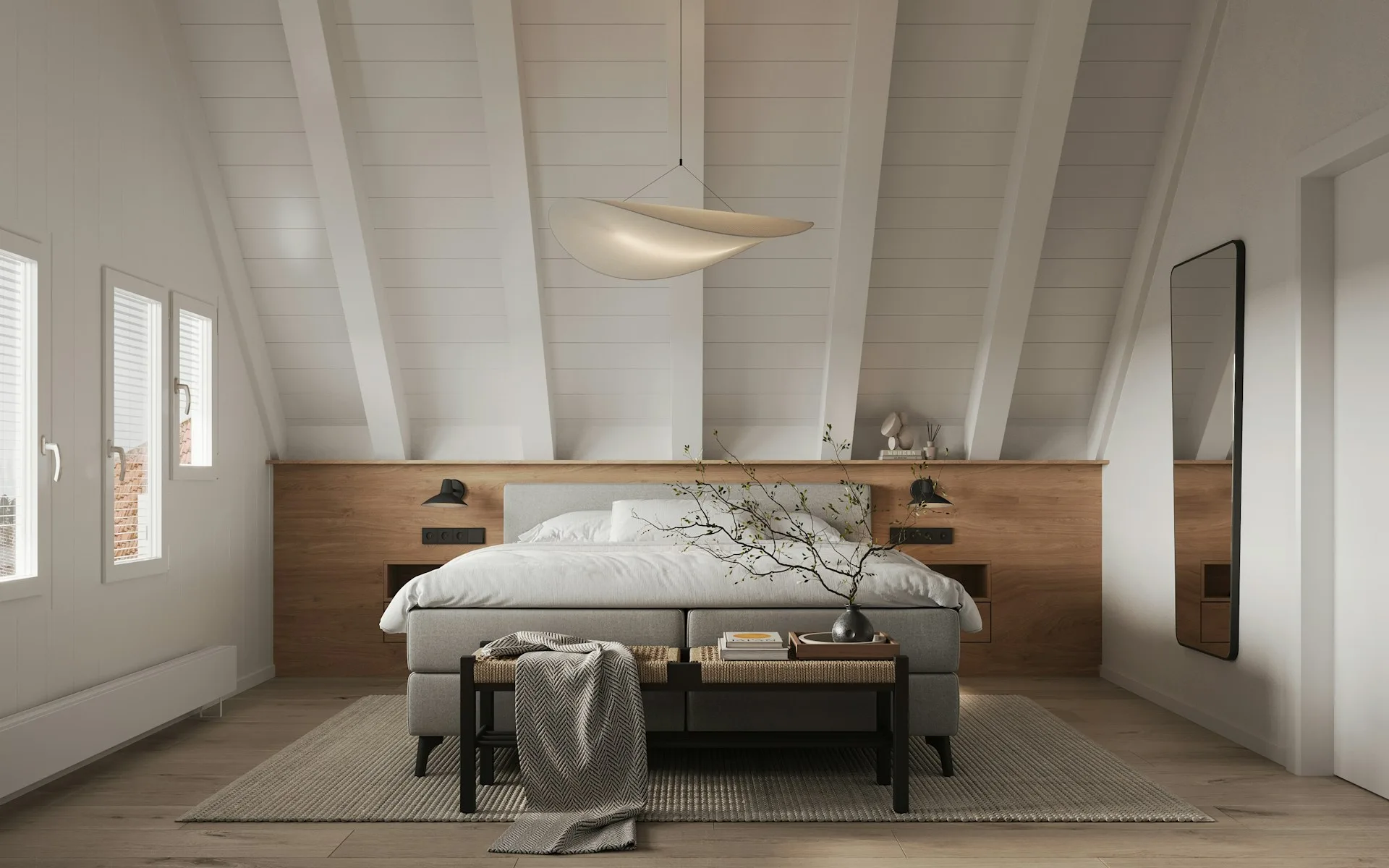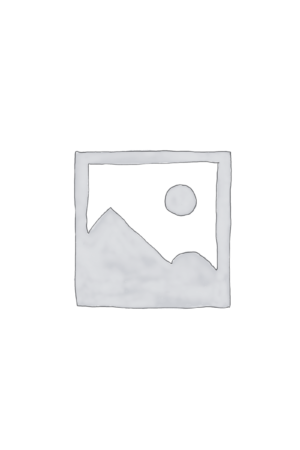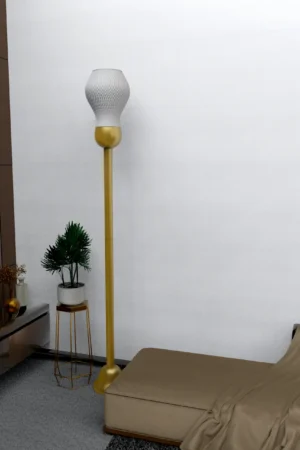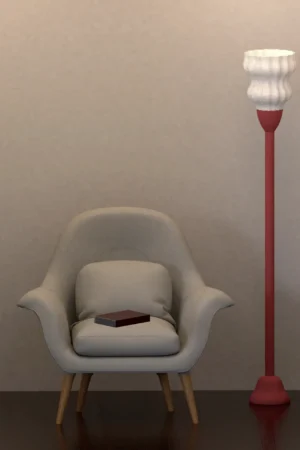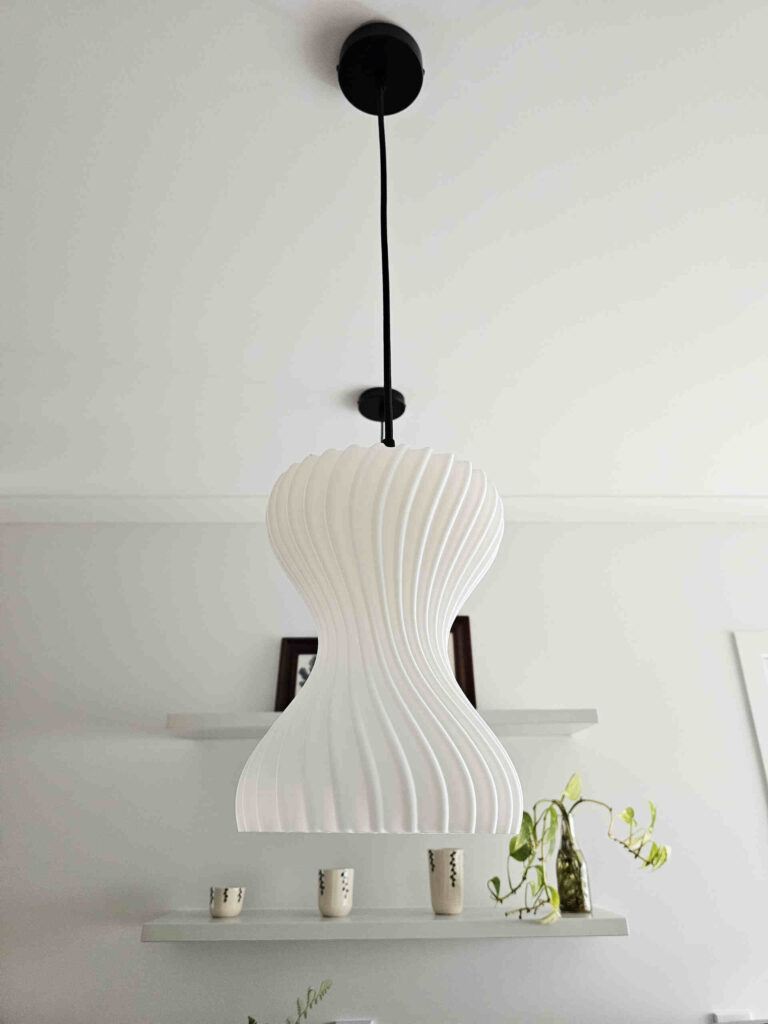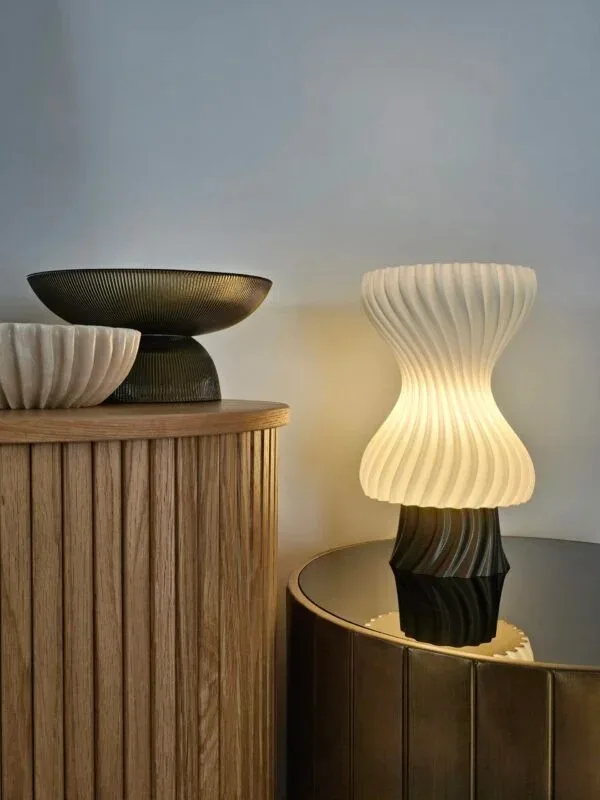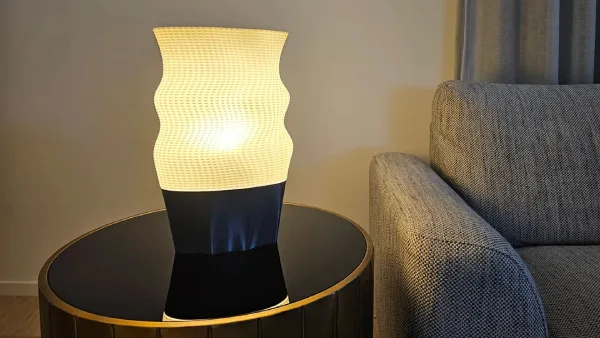
Modern interior design is more than a visual aesthetic—it’s a deliberate orchestration of function, mood, and personality. While furniture and finishes set the tone, lighting is the unsung hero that brings a space to life. The right lighting not only enhances design but also balances ambience, texture, and spatial flow.
Let’s explore 10 modern interior styles and the ideal lighting types, fixtures, and positioning that elevate each one.
- Minimalist Interior Design
Defining Traits:
Clean lines, neutral palettes, functional furniture, and negative space.
Lighting That Works:
- Type: Recessed lighting, LED strip lighting, and slim-profile floor lamps.
- Fixtures: Flangeless downlights with CRI (Colour Rendering Index) of 90+, and linear LED wall grazers for subtle illumination.
- Why It Works: In minimalism, light becomes a sculptural element. Avoid ornate fixtures—focus on integrated lighting that disappears into the architecture.

- Scandinavian Design
Defining Traits:
Warmth, simplicity, organic materials, white walls, and pale woods.
Lighting That Works:
- Type: Pendant lights, table lamps, and layered ambient lighting.
- Fixtures: Dome-shaped pendants in matte finishes (e.g. ceramic or powder-coated steel), and paper or linen shades that diffuse light softly.
- Why It Works: Scandinavians use lighting to combat long winters. Think soft, warm white (2700K) tones that mimic daylight and foster coziness (or hygge).

- Industrial Interior Design
Defining Traits:
Raw textures, exposed beams and ducts, concrete, steel, and reclaimed wood.
Lighting That Works:
- Type: Track lighting, metal pendants, caged sconces, and Edison-style bulbs.
- Fixtures: Matte black or burnished brass finishes with visible filament bulbs (2200–2700K for warmth).
- Why It Works: Industrial design embraces imperfection. Lighting should highlight materials and cast dramatic shadows to underscore texture.

- Mid-Century Modern
Defining Traits:
Retro vibes, organic shapes, walnut wood, and color pops from mustard, teal, or rust.
Lighting That Works:
- Type: Arc floor lamps, sputnik chandeliers, and cantilevered wall lights.
- Fixtures: Brass finishes, opal glass globes, and sculptural forms with dimming capabilities.
Why It Works: Lighting acts as functional art here. Look for bold silhouettes that echo atomic-age optimism and pair with dimmers for mood control.
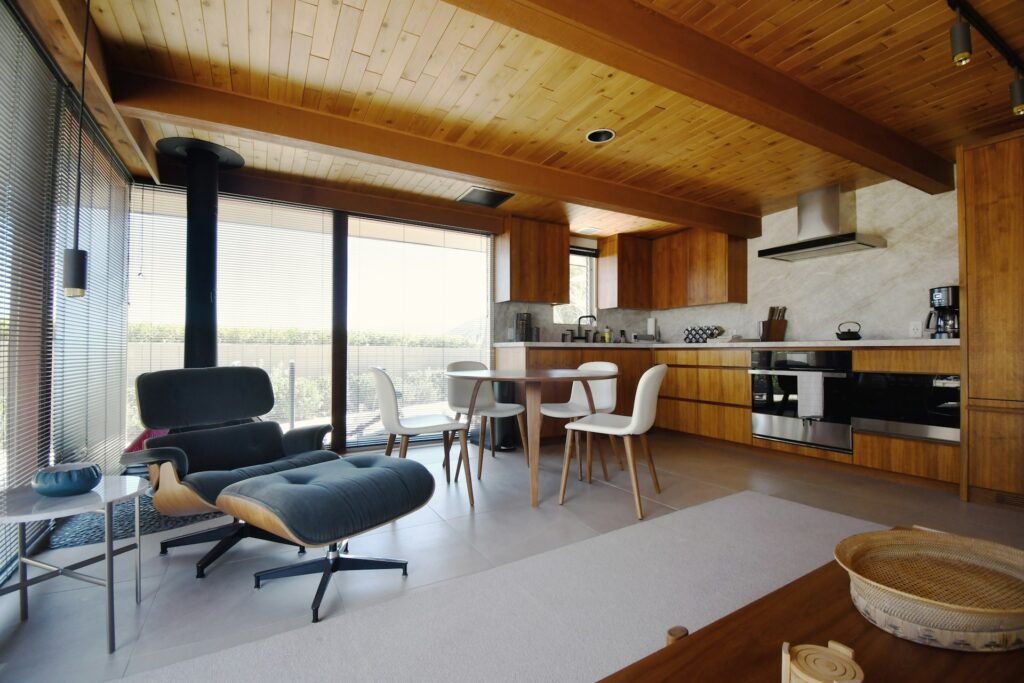
- Contemporary Design
Defining Traits:
Fluid, ever-evolving aesthetic with emphasis on clean lines and bold contrasts.
Lighting That Works:
- Type: Recessed lighting, LED panels, sculptural pendants, and indirect ceiling lighting.
- Fixtures: Modular LED systems with RGB capabilities and architectural luminaires that provide both up and down lighting.
- Why It Works: Contemporary design thrives on adaptability. Use smart lighting systems (like Philips Hue or Casambi) for dynamic colour temperatures and scene settings.

- Japandi (Japanese + Scandinavian)
Defining Traits:
Balanced, earthy minimalism with soft neutrals and natural elements.
Lighting That Works:
- Type: Shoji-inspired pendants, warm task lighting, and hidden uplights.
- Fixtures: Handmade paper lamps, wood-and-clay pendants, and diffused LED strips behind furniture.
- Why It Works: Japandi celebrates tranquillity and intention. Avoid harsh lighting—use layered warm-white light (2500–3000K) to evoke serenity.
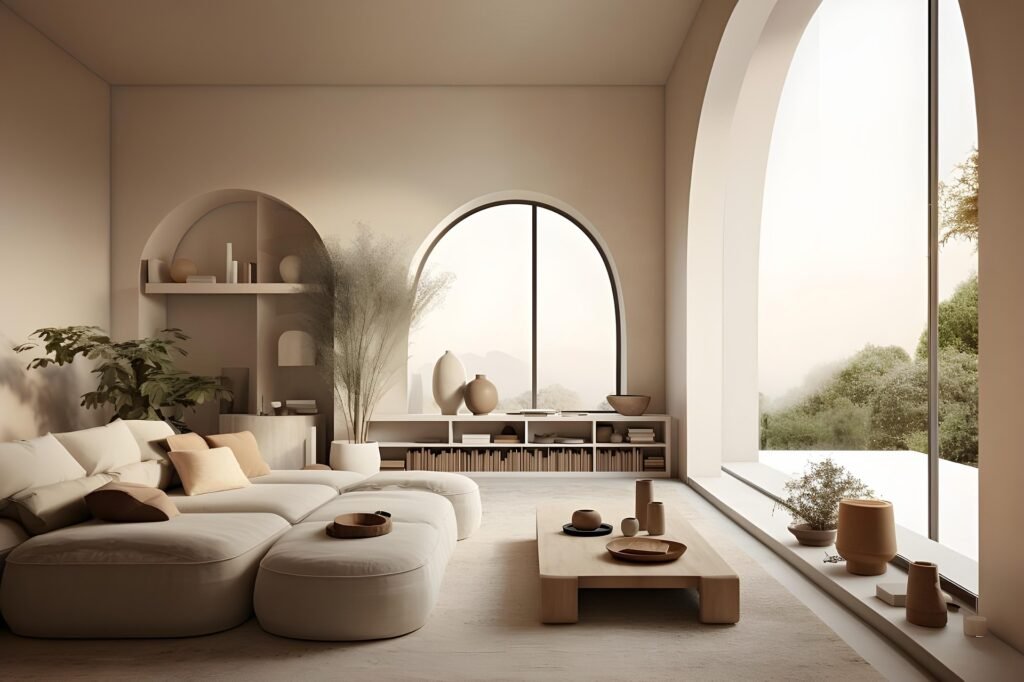
- Bohemian (Modern Boho)
Defining Traits:
Eclectic layering, natural textures, patterns, and a free-spirited mix of vintage and artisan decor.
Lighting That Works:
- Type: Hanging lanterns, fairy lights, floor lamps, and rattan pendants.
- Fixtures: Woven shades, Moroccan-style lamps, and globe bulbs with soft glow.
- Why It Works: Lighting in boho interiors should feel organic and whimsical. Opt for ambient over task lighting and add multiple low-lumen light points for intimacy.

- Modern Farmhouse
Defining Traits:
Rustic-meets-modern charm, barn elements, shiplap walls, and cozy neutrals.
Lighting That Works:
- Type: Lantern pendants, barn-style sconces, and chandeliers.
- Fixtures: Matte black, oil-rubbed bronze, or weathered finishes with filament bulbs or glass domes.
- Why It Works: Combine ambient and accent lighting to create comfort and draw attention to architectural details.

- Urban Modern
Defining Traits:
City-inspired chic with industrial edges, modern elegance, and statement furniture.
Lighting That Works:
- Type: Bold pendants, directional track lighting, and LED wall washers.
- Fixtures: Oversized designer fixtures in matte black or metallics, often with integrated dimmers.
- Why It Works: Urban modern thrives on drama and contrast. Use lighting to highlight focal points like artwork or furniture.

- Art Deco Revival
Defining Traits:
Glamorous detailing, geometric motifs, symmetry, and rich materials like marble, brass, and velvet.
Lighting That Works:
- Type: Wall sconces, chandeliers, tiered pendants, and uplights.
- Fixtures: Fluted glass, mirrored finishes, and stepped geometric silhouettes.
- Why It Works: Lighting should double as ornamentation. Choose fixtures that embody symmetry, luxury, and metallic shimmer.

Technical Tips for Complementary Lighting Across All Styles:
- Colour Temperature Matters:
- 2200–2700K = Cozy, warm (ideal for living spaces and bedrooms)
- 3000–3500K = Neutral, clean (good for kitchens and bathrooms)
- 4000K+ = Cool and functional (best for offices and task areas)
- Layer Your Light:
Use a combination of ambient (general), task, and accent lighting to create depth and adaptability. - Dimming Capability:
Integrated dimmers or smart controls (Zigbee, Wi-Fi, or Bluetooth-enabled) add flexibility and energy savings. - Material Consideration:
Choose light fixture materials that echo your space—e.g., wood with Scandinavian, concrete with industrial, brass with Art Deco.
Final Thoughts
Interior design and lighting are deeply intertwined. The most successful modern interiors use lighting not just for illumination but as an extension of the design language. Whether you’re chasing calm minimalism or bold geometry, the right light can elevate every surface, shadow, and silhouette in your home.

